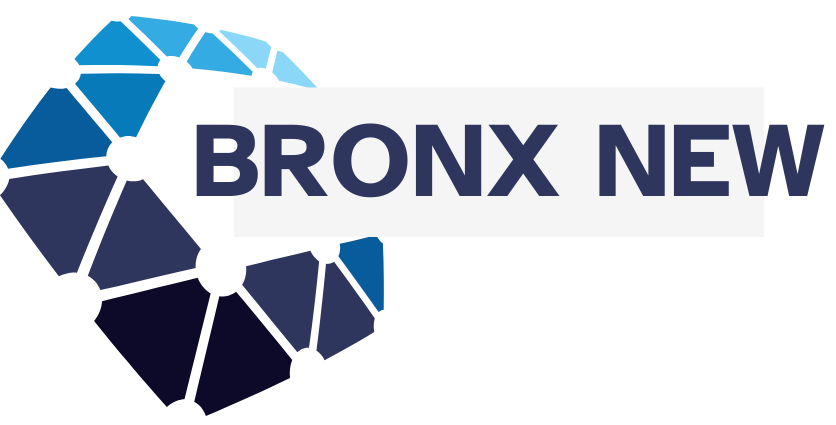Discover the magic of budgeting with the best cash envelope system designed for beginners. Mastering your finances can be simple yet effective when you employ this classic method. Below, you’ll learn how to understand and implement this system, explore its benefits, and avoid common pitfalls, all while enhancing your financial literacy.
Understanding the Envelope System
The envelope system is a highly effective way to manage personal finances by assigning specific financial goals to individual envelopes. This method involves physically dividing your cash into different categories or envelopes, such as groceries, utilities, entertainment, and savings, to control spending and ensure that you stay within your budget. By doing this, you can visually see how much money is allocated for each category, helping prevent overspending.
The core concept revolves around using cash rather than credit or debit cards. This approach encourages mindfulness with spending habits, as you are physically handling the money. Every envelope represents a specific budgeted category, allowing you to manage your spending effectively throughout the month.
Steps to Implement the Envelope System
First, determine your budget and identify all spending categories, assigning a set amount of cash for each category. The process starts by withdrawing cash at the beginning of each month and putting the designated amounts into your labeled envelopes. Throughout the month, only use the cash from the specified envelope for the intended expenses.
If you run out of funds in an envelope before the end of the month, it signals that you either need to re-evaluate your spending habits or adjust your budget. This enforced discipline helps build stronger financial habits. Additionally, using physical cash can make you more conscious of each transaction, a sensation not felt with digital spending. For online purchases, you can allocate funds back to your bank account as needed, ensuring you track all transactions meticulously.
How to Start with Cash Envelopes

To begin with the cash envelope budgeting system, start by assessing your monthly income and expenses. This approach will help you understand exactly how much money you have coming in and what’s being spent. The first step involves creating distinct categories for your expenses, such as groceries, transportation, entertainment, and savings.
Allocate a specific amount of cash for each category, ensuring you only spend what you have set aside in each envelope. This can prevent overspending and encourage mindful financial practices. To do this effectively, list down every expected expense and set a realistic budget for each envelope based on your current spending habits.
Once you have determined your categories and budget amounts, label each envelope with its specific category and the allocated budget. Then, withdraw the total cash needed for all envelopes at the beginning of the month or each pay cycle. Physically dividing the cash into envelopes can provide a visual aid, which helps to stay aware of your spending limits.
Track your spending consistently by recording every purchase on the envelope. This allows you to see where your money is going and make adjustments as needed. If you have money left over in an envelope at the end of the month, consider adding it to your savings or an emergency fund. This system prompts you to be disciplined and conscious of spending habits.
Benefits of Envelope Budgeting
The envelope budgeting system offers several fantastic benefits for managing personal finances effectively. It encourages greater awareness of spending habits and helps to develop discipline in financial life. With cash envelopes, money is allocated to specific categories, and you visibly see where every dollar goes. This simple yet effective method can prevent overspending. When the money runs out, it acts as a built-in stop mechanism.
Additionally, using envelopes fosters better money management skills. It requires consistent tracking and planning, leading to improved control over finances and reducing impulse purchases. Users become more intentional with their spending habits, which can lead to significant savings.
Envelope budgeting also promotes a tangible connection to money. Studies suggest people tend to spend less when using cash instead of cards because they can physically see the money leaving their hands. This system creates a more hands-on financial experience that is often more impactful than digital spend tracking.
Another key advantage is that it helps build a practical budget that aligns with personal goals and lifestyle. By assigning money for essentials like groceries, entertainment, and savings, this method ensures that all crucial areas are covered, curbing unnecessary debt. Practically, it simplifies budgeting and makes it easy to stick to by establishing clear financial boundaries.
While credit cards can tempt users into overspending, the envelope method’s reliance on cash can safeguard against such risks, fostering a more secure and controlled spending environment. In turn, this approach can enhance a person’s overall financial health by setting clear limits on each category.
Common Mistakes to Avoid

When diving into the cash envelope budgeting system, it’s crucial to steer clear of several common pitfalls that can derail your financial goals. One of the most frequent errors is overstuffing envelopes with unrealistic amounts. Make sure each category is funded reasonably based on your income and expenses. Another mistake is neglecting to track your spending. Consistently monitoring how much is left in each envelope ensures that you stay on budget.
Improper Category Selection
Choosing the wrong categories can lead to overspending or undersaving. Ensure that each envelope represents a necessary spending area in your life, such as groceries, entertainment, or dining out. Keep categories specific to avoid generalization that might lead to spending confusion.
Mishandling Surplus Funds is another issue. When envelopes end with a surplus, decide whether to roll it over to the next period or allocate it to other financial goals, e.g., paying off debt or saving for a big purchase. Avoid using surplus as an excuse for impulsive spending.
Lastly, forgetting to adjust and review your budget periodically is a mistake. Life circumstances, like salary changes or new expenses, require budget revisions. Ignoring these shifts can make your budget ineffective. Regularly update your envelopes to reflect your current financial situation, ensuring that you make the most of this system.
Advanced Tips for Success
- Set Specific Financial Goals: Start by identifying what you want to achieve with your envelope system. Specify short-term and long-term goals.
- Track Every Expense: Keep detailed records of each transaction to better understand your spending habits and adjust envelopes as needed.
- Use Digital Tools: Complement physical envelopes with budgeting apps or spreadsheets for a comprehensive overview of your finances.
- Adjust Regularly: Reevaluate your categories and amounts every month to ensure they align with your changing financial goals and circumstances.
- Involve the Family: Teach your children the importance of budgeting using envelopes to build financial literacy from a young age.
- Plan for Irregular Expenses: Create special envelopes for irregular or surprise expenses to prevent any financial shocks.
- Review and Reflect: At the end of each month, review your spending and think about what changes could help you save more efficiently.
- Embrace Automation: Set up automatic bill payments for fixed expenses, so you can focus on variable spending with your cash envelopes.





